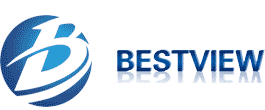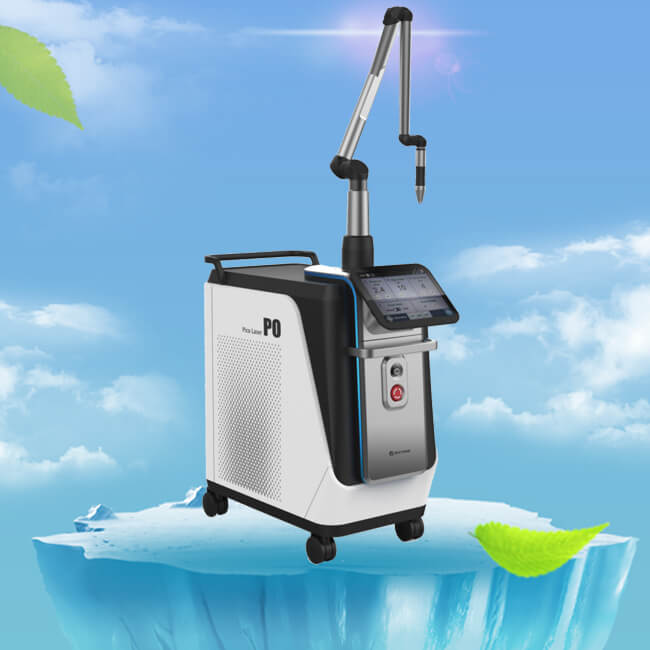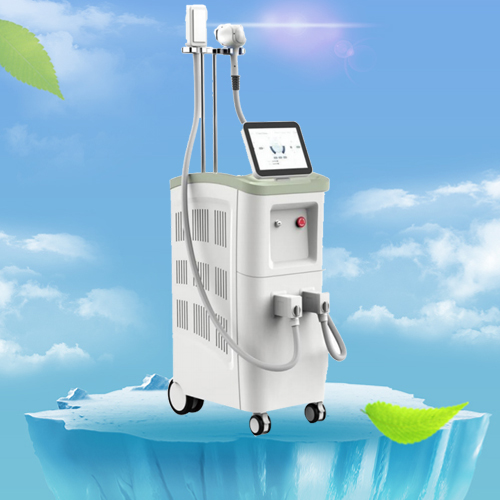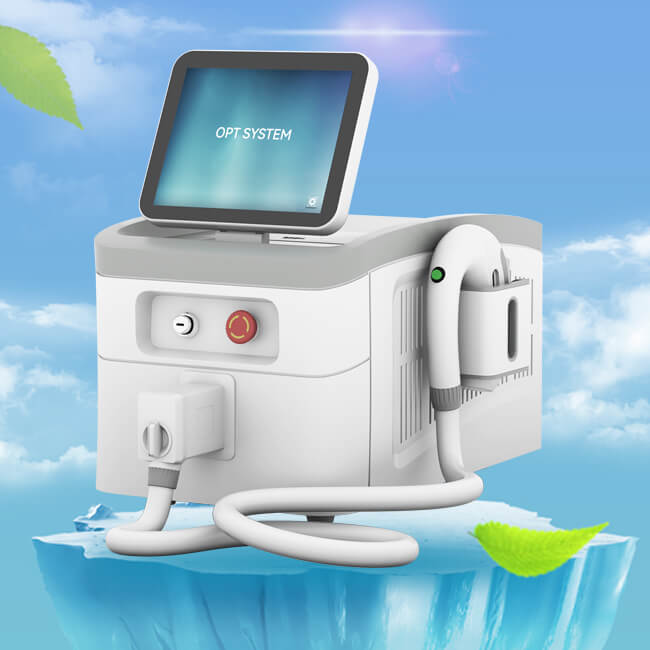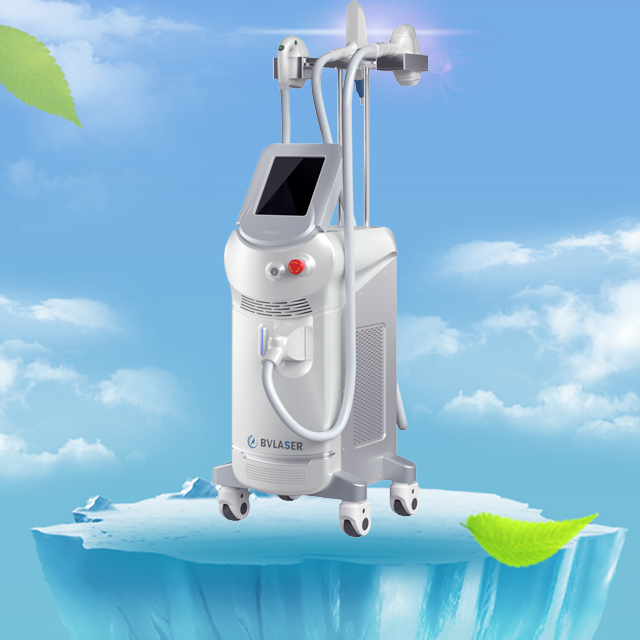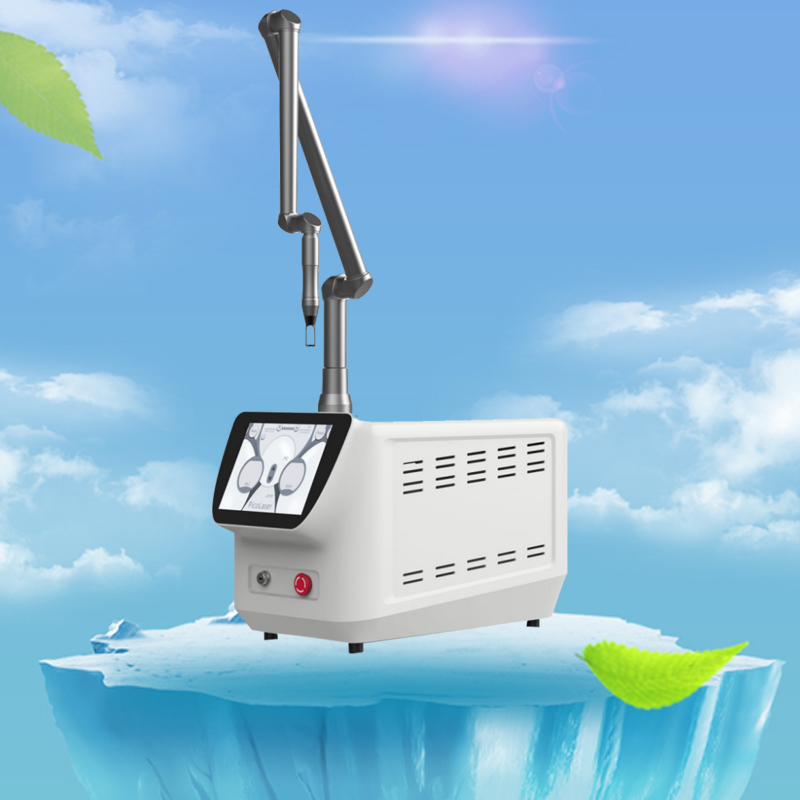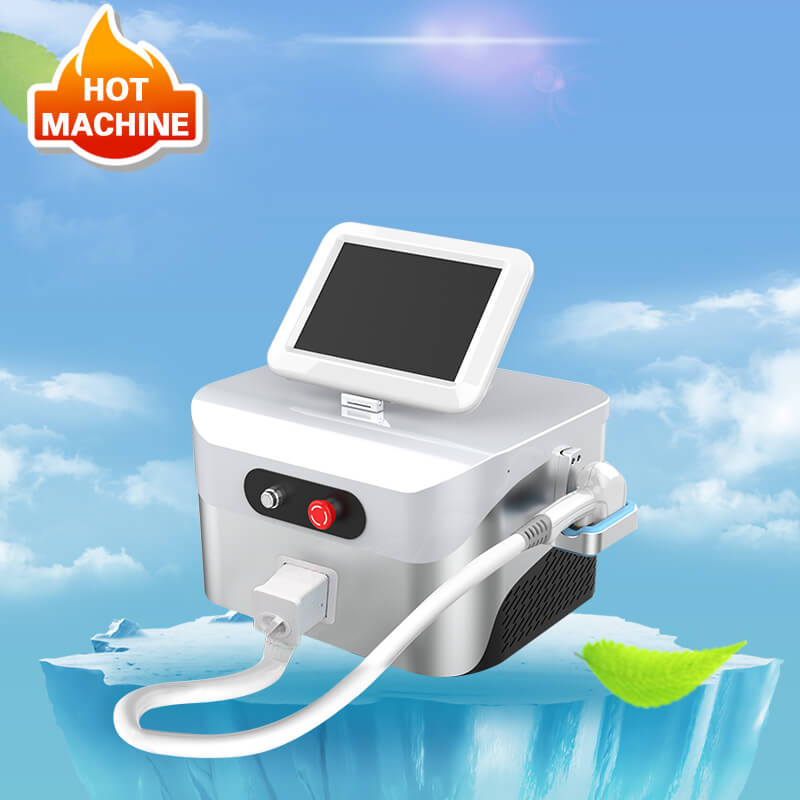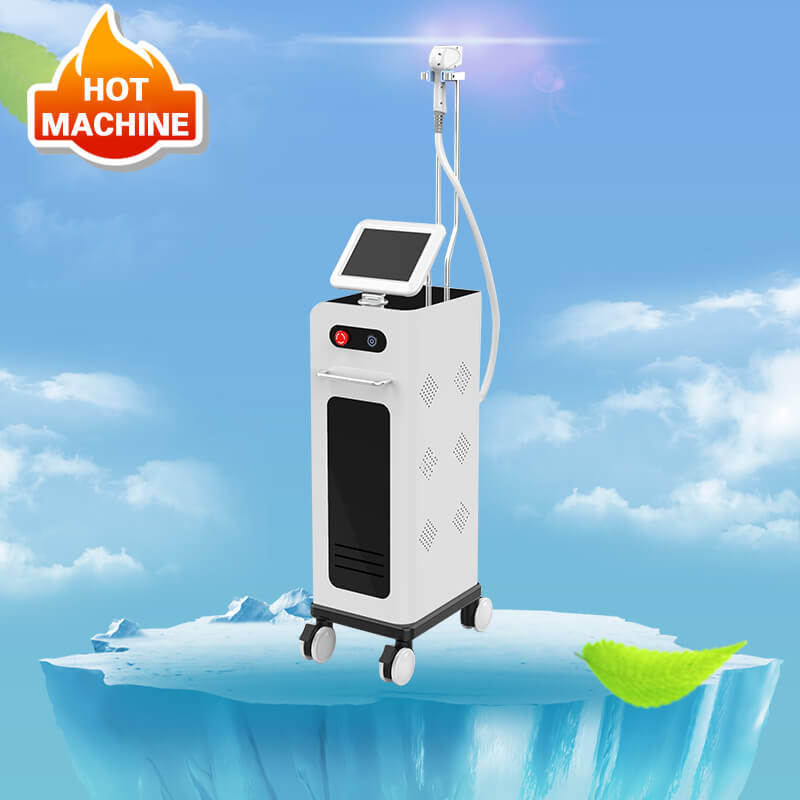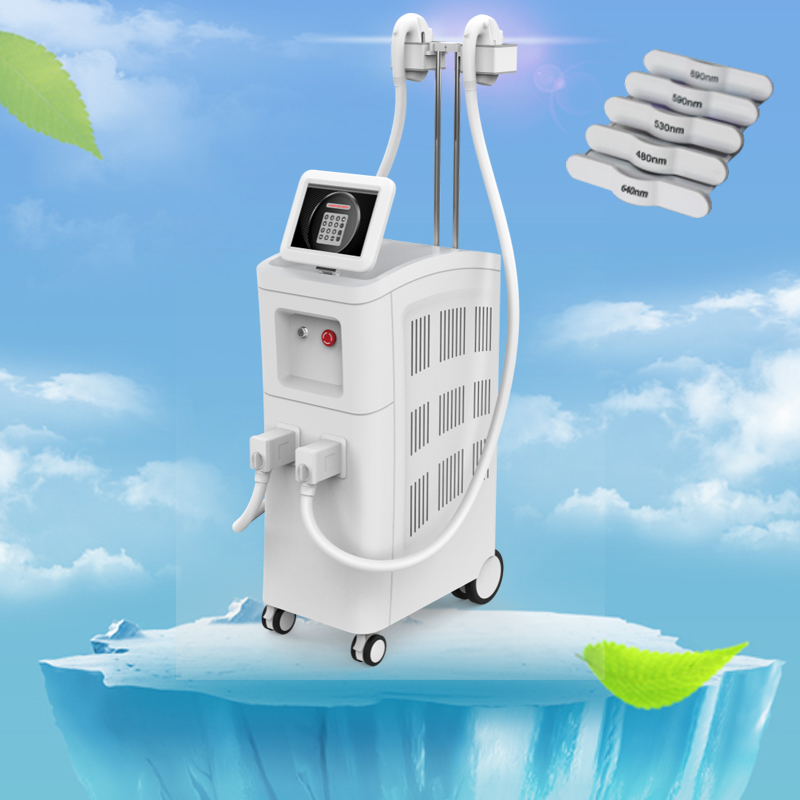Overview of Erbium laser skin resurfacing
Author:baishilf Time:2025-05-07 15:42:46
There are many benefits to getting older and wiser, but most of us would agree that it would be nice to turn back the clock on our faces to reduce the visible signs of age, sun damage, or embarrassing warts or moles. Or maybe you have recently had a baby and the stretch marks are preventing you from wearing the bikinis in your closet. With Erbium laser skin resurfacing, you can get the younger, smoother skin you have been wanting.
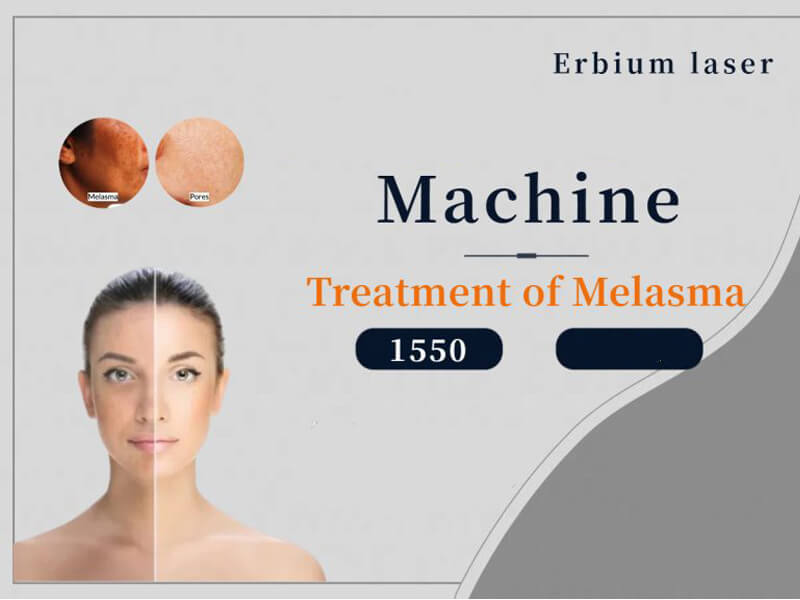
Overview of Erbium laser skin resurfacing
Erbium glass fractional fiber laser 1550nm machine is a non-invasive laser treatment that rapidly resurfaces your skin. It works by using targeted laser energy to precisely remove the top layer of skin in the treatment area, revealing fresh skin beneath that is smoother and looks younger. The procedure also jumpstarts the collagen production mechanisms in your skin, encouraging it to naturally produce more of this protein that firms and tightens skin.
Erbium is an effective for the treatment of aging and sun-damaged skin, as well as removal of the following:
*Warts
*Port wine stains
*Non-cancerous moles
*Stretch marks
*Age spots
*Freckles
*Tattoos
*Scars
*Spider veins
The Erbium laser procedure
The first step in Erbium glass laser treatment is scheduling a consultation with your dermatologist to determine whether you are a good candidate for the procedure. Certain laser treatment options are better than others for different skin conditions, your medical history, and desired results.
Before the procedure, you may need to stop taking certain medications such as ibuprofen or aspirin that can affect how your blood clots. You may also be prescribed an antibiotic beforehand to prevent an infection. Depending on the area of your face or body that is being treated, a local anesthetic may be used so you are comfortable during the procedure. The doctor will then use the laser wand over the treatment area. The time it takes depends on what is being treated, but typically ranges from 30 minutes to two hours.
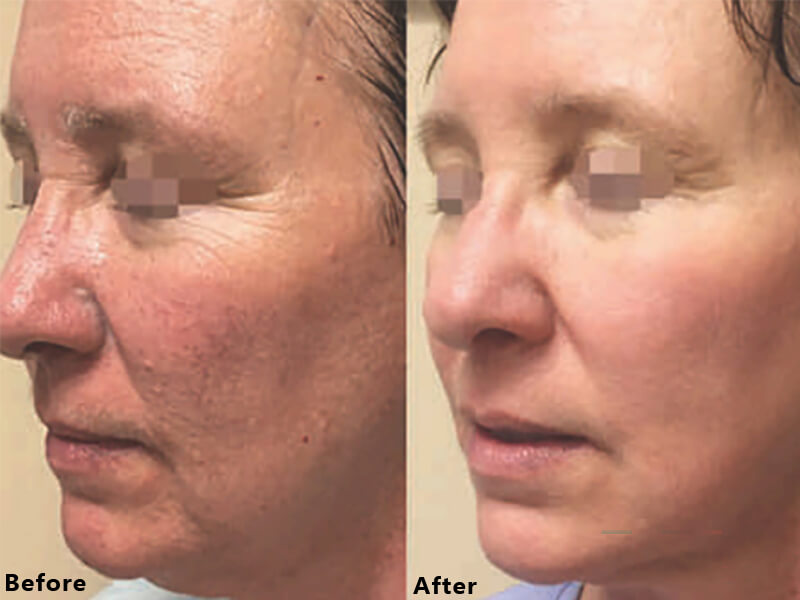
Who’s the right fit for Erbium Laser Resurfacing?
Erbium laser resurfacing finds its niche in tackling surface-level and moderately deep lines and wrinkles around the mouth and eyes. However, its prowess extends to a wider spectrum of concerns. This precision-focused technology works wonders on the face, hands, neck, and chest.
Although primarily recommended for fine lines and wrinkles, erbium laser resurfacing is also a viable choice for mild irregularities, such as uneven tone, texture, acne scars, surgical or injury scars, dark spots, and more. Often, patients seek this treatment for its precision, targeting specific small areas. While erbium lasers favor lighter skin tones, the technology’s advanced precision can also accommodate darker skin tones. However, potential side effects should be thoroughly discussed with a dermatologist before proceeding.
Factors that might deem erbium laser treatment less suitable for a patient include:
*History of cold sores or fever blisters.
*Use of isotretinoin medication for acne.
*Past irregularities in healing or scarring.
*Intake of aspirin or blood thinners before treatment.
*Presence of chronic health conditions impacting the immune system and healing (like diabetes or lupus).
*Smoking or tobacco use.
Pre-Operative Instructions for Erbium Laser Resurfacing
*Notify your dermatologist if you have a history of cold sores.
*Avoid using products containing aspirin for ten days prior to appointment and two weeks after. You must inform dermatologist about medications you are taking before starting, and at each subsequent Erbium laser treatment. Some medications are contraindicated and must be discontinued before treatment.
*Discontinue the use of Tretinoin, Retin-A, Glycolic, or Alpha Hydroxy Acid skin care products 24 hours prior to your scheduled laser treatment.
*Wear comfortable clothes on the day of your treatment. Do not wear clothing which must be pulled over your head.
*DO NOT wear makeup, creams or have moisturizer on your face when arriving for Erbium laser treatments.
*No smoking of nicotine products a minimum of 2 weeks before the treatment. If you do smoke, please be aware that smoking increases the risk for poor wound healing and may delay your healing process.
*Please remove your contact lenses the day of the treatment.
Post-Operative Instructions for Erbium Laser Resurfacing
Post-operative care is very important. Unnecessary pain and the complications of infection and swelling may be minimized if the instructions are followed carefully. Sometimes the after-effects are quite minimal, so not all these instructions may apply. The Erbium laser procedure has the ability to produce the most dramatic results in skin rejuvenation. It also has one of the more formidable recoveries. This first week after Erbium laser skin resurfacing is challenging in terms of care. You will be swollen, covered with cream and not presentable to leave the house. This all begins to change at about day 5-6. After this the recovery is much easier. Just remember that the reward is at the end of the healing journey.
Erbium laser resurfacing removes the outer layers of the skin. It is very important to manage this treatment to ensure proper healing. As with any burn, do not touch the treated area without washing your hands. Bacterial and yeast infections can occur.
*Bleeding
Mild oozing from the lasered skin is not unusual. Mild pressure will control the bleeding that does occur. The main reason bleeding occurs is from patients elevating their blood pressure by bending, lifting, straining, coughing, sneezing, straining on the toilet and other strenuous activities.
To avoid complications from bleeding you must absolutely refrain from activities that may increase blood pressure or bleeding for 10 days after your surgery. We ask you to elevate your head for the first week and simply relax. You must also refrain from taking any drugs that may prolong bleeding. Ginko, Garlic, and Ginseng, as well as high doses of vitamin E can increase bleeding. If bleeding is heavy or prolonged call your dermatologist immediately.
*Swelling
The best thing to do is to continue applying ice packs to the treated area for 48 hours. The swelling that is normally expected is usually proportional to the depth of the Erbium laser resurfacing procedure.
Swelling around the eyes and down into the cheeks and face is not uncommon. This is the body’s normal reaction to the procedure. The swelling will start the day of the procedure and will not reach its maximum until 2-3 days post. Occasionally, the eyelids will swell completely shut. The swelling will rapidly decrease after the 3rd day.
*Pain
Generally, the procedure is not extremely painful, and feels more like a sunburn. The first 48 hours is the most uncomfortable and the discomfort should quickly subside. Some of our patients do not require pain medication but I would recommend taking a dose of your pain medicine about 1/2 hour before going to bed. By taking the pain medicine, you will be more comfortable.
For severe pain, take the narcotic pain medication as directed. This prescribed pain medicine will make you groggy and will slow down your reflexes. Do not drive an automobile or work around machinery until you are no longer taking any narcotic pain medications and your vision is clear. Avoid alcoholic beverages as they will enhance the effect of the narcotic. This is a dangerous combination. Pain or discomfort following the procedure should begin to subside after the first two to three days.
Care for the treated skin
Your face will ooze and swell for the first 48 hours and then will quickly improve. Generally, the procedure is not extremely painful, and feels more like a sunburn. Do not use overly hot shower water and only use the towel to blot dry, do not rub your face. The goal is to soak and gently remove the dead skin and residue from the creams. You want to keep all the “crusts” soft and do not let them dry out. Your body will secrete serum in a normal response to the burn to the skin and this will tend to accumulate like a yellowish paste, especially around the lower lids and mouth. It is “nature’s Band Aid” and help protects the healing skin. Although it looks unsightly, do not aggressively attempt to scrub it off. If some of the yellowish paste comes off in the shower, that if fine and it will all come off soon, but if you remove it and the underlying skin bleeds, you are being too aggressive.
Your skin will begin to wash or peel off about the third or 4th day and your face will become red over the first few days and remain red for a week, will then gradually fade to pink, and then over the next several weeks will normalize. Some individuals progress quickly from red to pink, while others may take weeks or in some cases months. The pinkness can be covered with makeup as soon as the skin heals.
After all the crusts are gone and the skin is no longer oozing, the “greasy” creams will be stopped, and you will begin using a hypoallergenic moisturizer. The moisturizer is applied generously to the lasered skin and since it is less greasy than Vaseline, you need to apply more moisturizer and use it more frequently. The whole idea is to hydrate the skin, so it does not dry out during the healing process.
*Day 1 –Vaseline and Cicalfate (provided by your dermatologist).
*Day 2 to 5 – Continue Vaseline and Cicalfate. Sterile gauze (provided by your dermatologist) can be utilized to blot and reapply cream. Do not get face wet until your dermatologist has given authorization to do so. You can bath during this time, but cannot get the face wet.
*Day 5 to 7 – Continue with Vaseline and Cicalfate (depending on depth of laser). You can shower and wash your face with Cetaphil cleanser using the pads of fingers, gently dry off and then reapply Vaseline or Cicalfate. Stay out of the sun!
*Day 7 to 14 – Continue with face washing and moisturizer, makeup can be applied when skin is smooth and pink, without crusting. Begin using fragrance free sunscreen by day 14 or earlier if outside or riding in car. Stay out of the sun and use sunscreen anytime you are outside.
Your erbium laser resurfacing is a safe and predictable procedure but is reliant on multiple medications to prevent viral and bacterial infection, reduce swelling, control discomfort, and assist in sleeping if necessary. It is imperative that you understand the prescription regimen and take the medicines as directed by your dermatologist. Some of the medications are patient dependent. You may not receive all of them. Ask your dermatologist if you have any questions.



